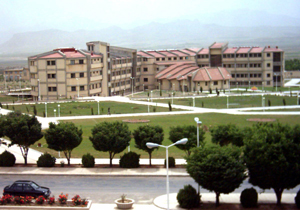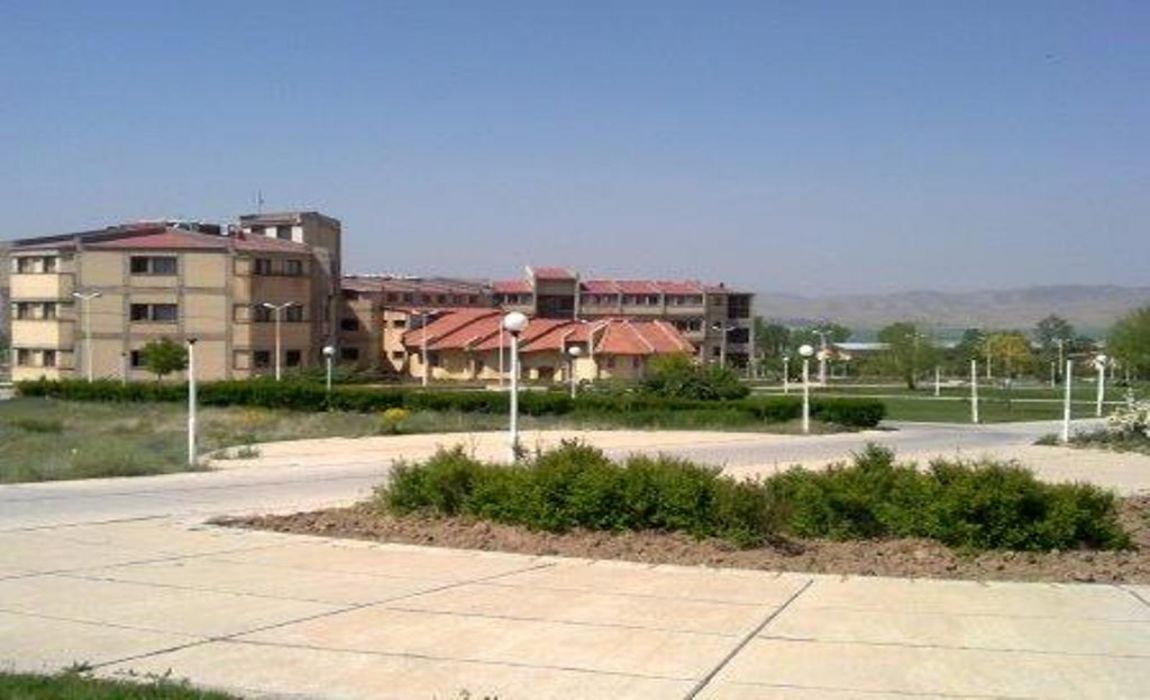Don’t run biomedical science as a business
As the White House and the US Congress continue to lock horns over President Donald Trump’s proposed budget, scientists are once again anxious about funding levels. But more money is not enough to create better science. Indeed, the scientific enterprise has been betrayed by the mismanagement of its financial support.
I have been in academia for more than two decades, and am fortunate enough to have generally had adequate funding. In 1993, I moved from Italy to the United States, which I considered — rightly — the best place in the world for biomedical research. Since then, I have slowly watched science shift towards a troubling path. Now, with allocation of science funding under debate, it is time to take stock of what has been lost and what can be restored.
Between 1998 and 2003, the annual budget of the US National Institutes of Health (NIH) almost doubled, soaring from US$13.7 billion to $27.2 billion. This applauded increase was supposed to reward good work and reduce the time scientists spent applying for grants, but it had unintended consequences.
The infusion of funds increased the scientific workforce and the number of products marketed to scientists, but did little to boost excellence. It brought about a ‘quantity, not quality’ approach that is the antithesis of what science should be about. It fuelled an idea that academic science is a business that has to sustain constant yearly growth. This ‘businessization’ of science, with its emphasis on job creation and translatability, is undermining the freedom of ideas that allows huge, often unpredictable, progress.
From 1993 to 2007, the number of medical and life-sciences PhDs awarded in the United States more than quadrupled, to just over 8,000 per year. Academic institutions grew too, in part with the aim of increasing their NIH funding. Many built more research facilities, often populated by scientists in ‘soft-money’ positions outside the tenure track, funded largely by grants. Contractors with access to NIH funds multiplied. Companies selling reagents and equipment flourished, often inflating their prices.
It is regrettable that one of the major criteria for ranking US biomedical universities is the total amount of their NIH funds. In some cases, this boom may have diluted the quality of science as available positions increased faster than the numbers of highly qualified and motivated individuals. The net effect has been a decrease in funds per capita and a crash in success rates for grant applications.
Since 2003, inflation-adjusted NIH funding has been decreasing, promoting the exploitation of cheap labour provided by a surplus of graduate students and postdoctoral fellows.
Boom–bust cycles, a feature of the business world, are destabilizing. A rapid expansion is followed by hypercompetition that encourages people to focus on quantity, a highly visible surrogate of quality. Boom–bust cycles also spur new and unnecessary markets. The ravenous lions of reagent companies were followed by a pathetic pack of hyenas: pseudoscientific online journals willing to publish shaky papers for fees; sham scientific meetings in exotic and tourist-friendly locations; inadequate courses and manuals promising ‘everything you need to know’ to write successful grant applications. In short, everyone smelt money.
This state of affairs has encouraged too many scientists to do the least amount of research possible using the largest amount of money — that is, to put more effort into applying for grants than into carrying out their research. This situation is compounded by grant agencies and tenure committees that judge scientists on their ‘productivity,’ a word that belongs to the parlance of business, not the academic lexicon.
Businessization has warped established publishers, too. Because of ‘claims inflation’ (see W. G. Kaelin Jr Nature 545, 387; 2017), each paper must be a complete story of basic discoveries and their immediate translation. Note how often the academic word ‘study’ is replaced by the journalistic ‘story,’ a testament to the tabloidization of scientific information.
In this frenzy, publishers want to collect author and site-licence fees with eye-catching papers. Equally, authors want to place as many manuscripts as possible in high-profile journals to obtain more grants and, consequently, jobs, promotions and salary increases. This creates dangerous conflicts of interest. We are left with a form of publishing on steroids — it is more important to win than to be correct. When science becomes a business, what counts is not whether the product is of high quality, but whether it sells.
Resetting the trajectory of the scientific enterprise requires multiple, difficult actions. Politicians must understand that job creation is not — and furthermore, should not be — a primary goal of the NIH or any other science-funding agency. Funds should be distributed on the basis of merit alone, not geopolitical considerations and interests. Institutions need to realign their mentality with their original academic mission, and reduce soft-money positions. Publishers should care less about publishing flashy stories and more about disseminating solid science. Individual scientists should emphasize excellence and rigour over stockpiling more and more papers and grants.
Restoring academia and the publishing sector will provide pharmaceutical companies and others not only with free published results but also, more importantly, with reliable findings. Science is not a business, but it can best benefit industry by focusing on quality.
Nature 547, 381 (27 July 2017) doi:10.1038/547381a
Michele Pagano is the chair of the department of biochemistry and molecular pharmacology at the New York University School of Medicine, and a Howard Hughes Medical Institute investigator.






